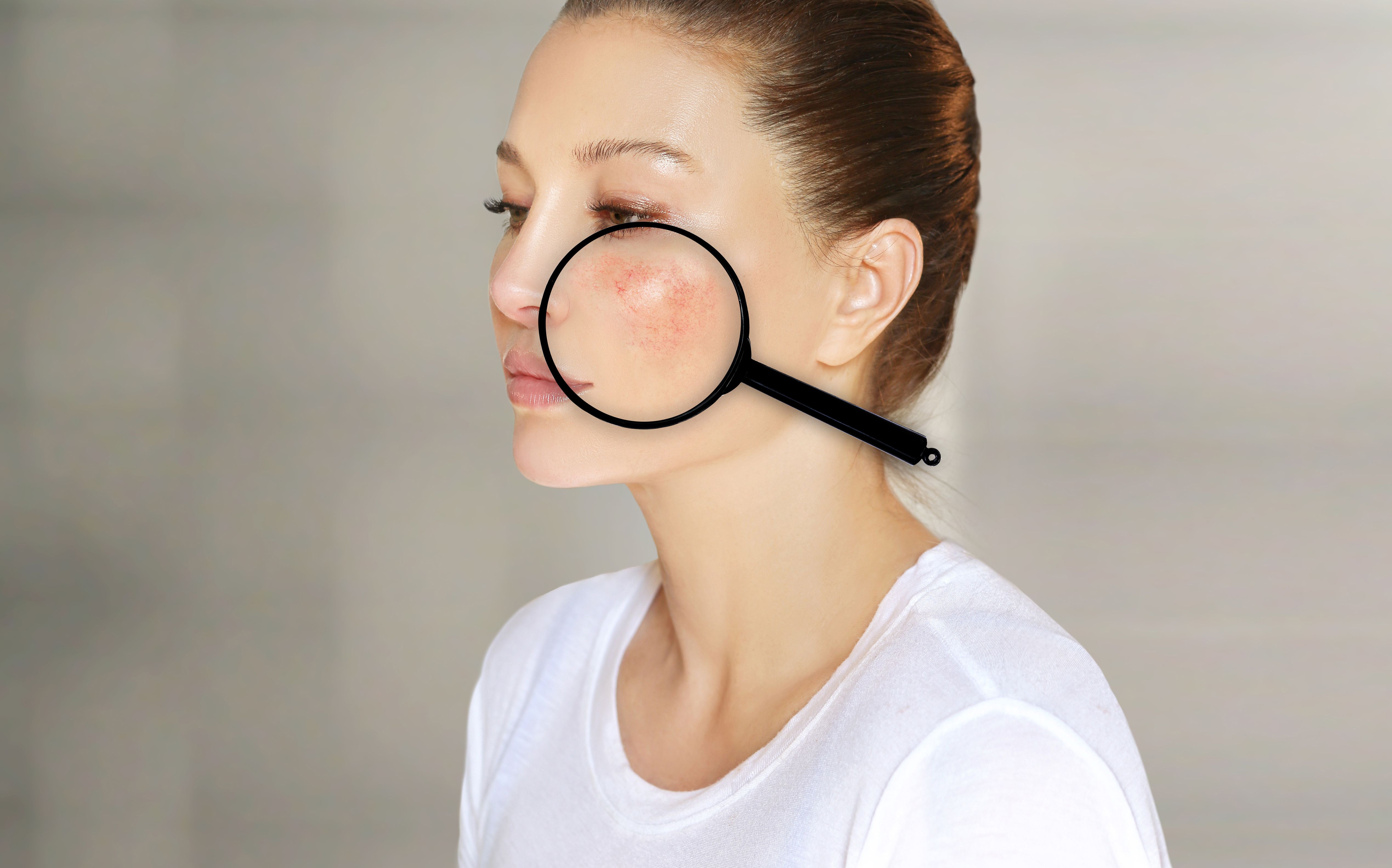Article
Litifilimab Superior to Placebo in Patients with Cutaneous Lupus Erythematosus
Author(s):
“Whether treatment with litifilimab, a humanized monoclonal antibody against BDCA2, would be efficacious in reducing disease activity in patients with cutaneous lupus erythematosus has not been extensively studied.”
Results from a recent 16-week phase 2 trial indicated that treatment with litifilimab was superior to placebo regarding skin disease activity in patients with cutaneous lupus erythematosus (CLE). Future larger and longer trials should focus on evaluating efficacy and safety in this patient population, according to a study published in The New England Journal of Medicine.1

“Blood dendritic cell antigen 2 (BDCA2) is a receptor that is exclusively expressed on plasmacytoid dendritic cells, which are implicated in the pathogenesis of lupus erythematosus,” investigators explained. “Whether treatment with litifilimab, a humanized monoclonal antibody against BDCA2, would be efficacious in reducing disease activity in patients with cutaneous lupus erythematosus has not been extensively studied.”
The phase 2 LILAC trial (NCT02847598) included adults (aged 18 to 75 years) with confirmed CLE with or without systemic manifestations between October 2016 and November 2019. Patients were randomized 1:1:1:1 to receive subcutaneous litifilimab (50, 150, or 450 mg) or placebo at week 0, 2, 4, 8, and 12. A dose-response model was utilized to evaluate response across groups. The primary endpoint was the percentage change from baseline to 16 weeks in the Cutaneous Lupus Erythematosus Disease Area and Severity Index-Activity score (CLASI-A). Higher scores represented more widespread or severe skin involvement.
Of the 132 patients enrolled, 26 received 50-mg litifilimab, 25 received 150-mg litifilimab, 48 were in the 450-mg litifilimab group, and 33 received the placebo. Mean CLASI-A scores at baseline were 15.2, 18.4, 16.5, and 16.5, respectively. Most participants had moderate-to-severe disease activity at baseline, despite 90% receiving concomitant background therapy. Concomitant systemic lupus erythematosus (SLE) was reported in 42-48% of those in the litifilimab cohorts and 42% of those in the placebo group.
Change from baseline at week 16 was −24.3 percentage points (95% confidence interval [CI] −43.7 to −4.9) in the 50-mg litifilimab group, −33.4 percentage points (95% CI, −52.7 to −14.1) in the 150-mg litifilimab group, and −28.0 percentage points (95% CI, −44.6 to −11.4) in the 450-mg litifilimab group. A significant effect was shown in the analysis of the dose-response model across all 3 drug-dose levels. However, the model did not test for treatment effects between drug doses or between the drug and placebo. Most secondary endpoints did not support the results of the analysis.
Adverse events were experienced in 72% (n = 71) of those in the litifilimab groups and 67% (n = 22) of those in the placebo group. Serious adverse events were seen in 7% (n = 7) of patients treated with litifilimab and 9% (n = 3) of patients in the placebo group. Three cases of hypersensitivity, 3 cases of oral herpes infection, and 1 case of herpes zoster infection were reported in those receiving litifilimab.
“The results of this 16-week, phase 2 trial involving participants with cutaneous lupus erythematosus suggest that treatment with litifilimab improved CLASI-A scores, a measure of skin disease activity,” investigators concluded.
Reference:
Werth VP, Furie RA, Romero-Diaz J, et al. Trial of Anti-BDCA2 Antibody Litifilimab for Cutaneous Lupus Erythematosus. N Engl J Med. 2022;387(4):321-331. doi:10.1056/NEJMoa2118024




